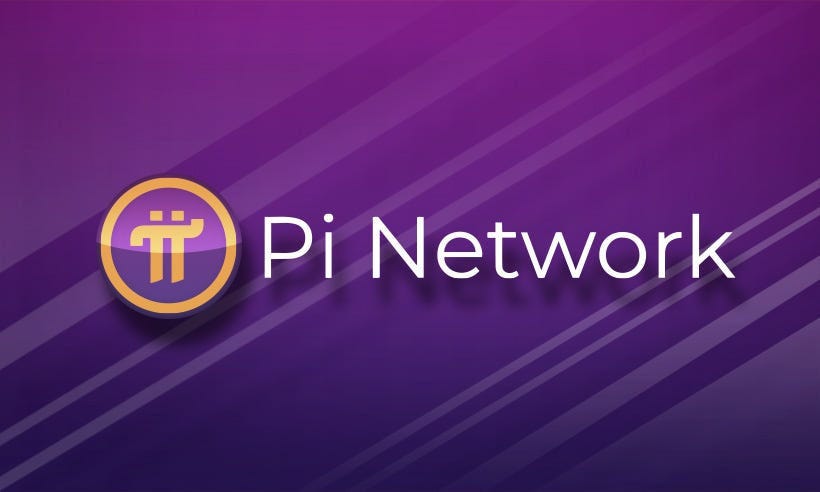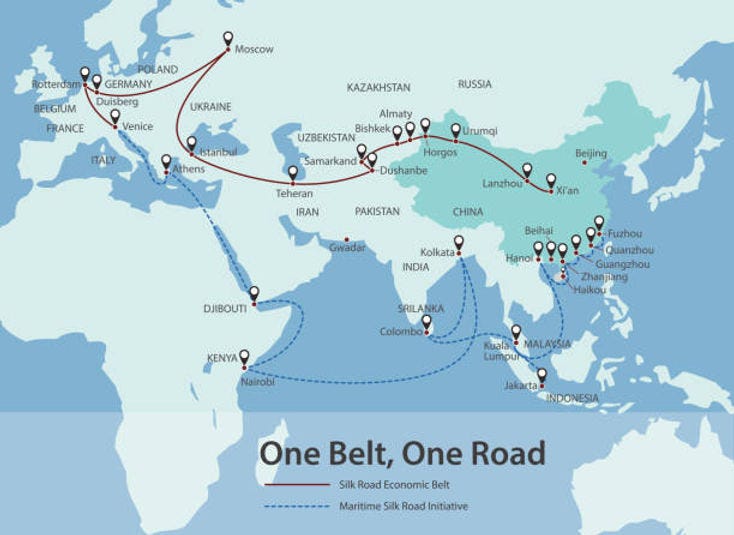Is Earning Money Online Still Possible in 2025?
This Article is Exploring Reliable Online Income Streams for Beginners and provides Some of the Basic Ways to Earn Money Online

This post can be read in Tocsin Magazine and all Medium members can read the full article here.
Introduction
This is a timeless topic that sparks the imagination of many who either work online or are trying to earn money on the internet. If you’re a complete beginner in this field, you’ve likely come across countless tutorials, videos, blog posts, tweets, or Instagram updates promising effortless online earnings just one click away.
Many internet gurus push courses claiming to show you how to make money online, but it’s rarely as simple or lucrative as they claim. Before diving in, be extremely cautious, especially when it comes to online scams targeting newcomers. Remember: if an offer sounds too good to be true, it probably is — a scam or a worthless course that won’t earn you a single cent.
If you’ve finally decided to become an online entrepreneur and are ready to explore online income, it’s important to know a few basics before plunging into the deep end. In this article, I’ll outline some proven methods for earning money online — methods that work without being just another scam circulating the web.
Online Jobs in 2025
1. Online Surveys, Mystery Shopping, and Focus Groups
This is one of the best starting points for anyone new to online earning. I first encountered these opportunities when I began my journey in online freelancing. The best and the best paying one is Respondent where some surveys or focus groups pay up to $300. Consider signing up for panels that offer surveys and focus groups, such as:
2. Blogging and Writing for Content Panels
Starting your own blog is simple and affordable. Platforms like Blogger and WordPress let you create a blog for free, though you might choose to invest in hosting and a custom domain later. Alternatively, you can write on platforms such as Medium, Hive, or Publish0x, where your earnings grow with your readership and engagement.
3. Affiliate Marketing
Once you have your own blog or write on a platform like Medium, you can dive into affiliate marketing. This straightforward system involves sharing links to big brands like Amazon or eBay. When someone clicks your link and makes a purchase, you receive a commission. The key challenge here is generating sufficient traffic to earn a meaningful income.
4. Dropshipping
Dropshipping is a business model that lets you run an online store without holding any inventory. You serve as the middleman: your online shop sells products, while a partner company handles storage, packing, and shipping. Success in dropshipping hinges on driving significant traffic to your website.
5. Content Creation on Social Media
Becoming a content creator on platforms like YouTube, Instagram, Twitter, Facebook, or TikTok is relatively easy. However, earning money and achieving success requires hard work and consistency. Most platforms monetize through ads, so your income depends on the number of views and engagement you generate. Consistently creating engaging content is key to standing out in a highly competitive field.
Conclusion
This brief overview highlights several ways you can earn money online in 2025. While there are many other opportunities — such as trading cryptocurrencies, stock trading, or freelancing — the methods mentioned here require little initial investment and minimal specialized knowledge.
I recommend that beginners start small with tasks like taking surveys or blogging and gradually expand their online ventures.
Remember, building a successful online income stream is like any business: it takes time, effort, and dedication. Beware of shortcuts; anyone promising instant riches is likely trying to take advantage of you. Learn, and work diligently, and your efforts will eventually pay off.
If you want to support my work buy me a coffee for $1
Greetings and until my next article!
Neo77













